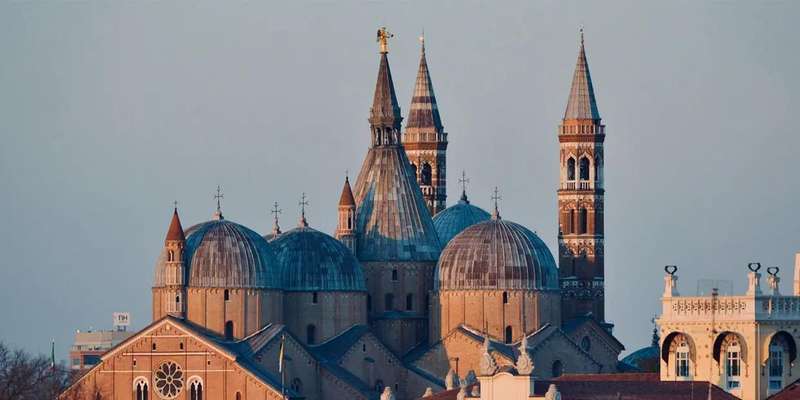- Home
- Useful Tips
- Best months to visit Padua's...
Exploring Padua's magnificent historic palaces often means navigating overwhelming crowds, with peak seasons seeing wait times exceeding two hours at major sites like Palazzo della Ragione. Over 60% of cultural travelers report abandoning visits due to congestion, missing masterpieces like Giotto's Scrovegni Chapel frescoes. The frustration compounds when rushed experiences replace meaningful connections with Italy's best-preserved medieval architecture. Locals know the secret rhythms of this university city – periods when cobbled courtyards echo peacefully and golden light slants through 14th-century loggias without the jostling. Discovering these quieter windows transforms your visit from a checklist item to a profound dialogue with history.


Why summer crowds ruin Padua's palace magic
June through August brings a perfect storm of inconveniences to Padua's cultural sites. University of Padua's graduation ceremonies flood the centro storico with families, while day-trippers from Venice (just 30 minutes away) overwhelm key attractions by 10am. The heat amplifies discomfort - temperatures inside stone palaces like Palazzo Bo regularly hit 86°F (30°C) with limited ventilation. What many guidebooks don't mention is the 'shadow high season' of early September, when delayed cruise ship excursions create secondary crowding. Locals avoid the Prato della Valle area entirely during these months, knowing the piazza's 78 statues become barely visible behind selfie sticks and tour groups.
The sweet spot months locals keep secret
Padua reveals its true character during the shoulder months of late April-May and October-early November. These periods combine mild weather (55-70°F/13-21°C) with dramatically thinner crowds. The secret lies in academic calendars - university sessions are in full swing, keeping student-guided tours flowing but without peak visitor numbers. Morning light in Cappella degli Scrovegni stays soft until 11am, allowing unhurried appreciation of Giotto's blues. Savvy travelers target the weeks after Easter and before All Saints' Day, when hotel rates drop 30% but all palaces remain open. An insider tip: visit on Tuesday mornings when cruise passengers are diverted to Verona, leaving Palazzo del Bò's anatomical theater blissfully quiet.
Winter's cultural rewards beyond the holidays
January through early March offers the most intimate palace experiences, with some weekdays seeing just 20 visitors at Palazzo della Ragione versus summer's 2,000. While shorter hours apply (typically 9am-5pm), the tradeoff is profound: having Galileo's podium at Palazzo Bo virtually to yourself. The crisp air makes walking between sites pleasant, and hotel prices hit yearly lows. Key winter advantages include seeing the Astronomical Clock's mechanics during golden hour (4pm in winter vs obscured by crowds in summer) and enjoying Caffè Pedrocchi's historic rooms without reservation stress. Pack warm layers - these stone palaces stay chilly, though seeing your breath in the 13th-century Salone creates an oddly authentic medieval atmosphere.
Strategies for any season - free hacks first
Regardless of when you visit, Padua's University Museum System offers free admission on the first Sunday of each month (reserve slots 60 days ahead). For DIY crowd avoidance, enter major sites at lunchtime (1-2:30pm) when tour groups eat, or during apertivo hour (6-7:30pm) when many palaces extend summer openings. The Padova Card (€16/48 hours) becomes cost-effective in any season, covering entry to all major palaces plus unlimited transit. True insiders follow the 'three courtyard rule' - if the first palace seems crowded, walk five minutes to discover equally stunning but less-visited alternatives like Palazzo Zuckermann's applied arts collection or the frescoed halls of Palazzo Zabarella.



